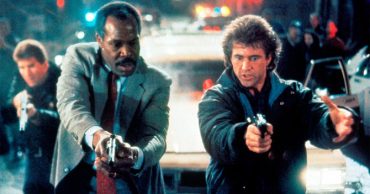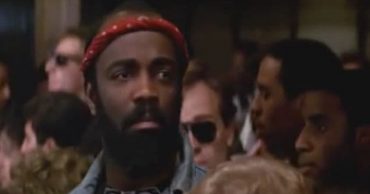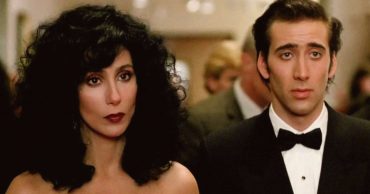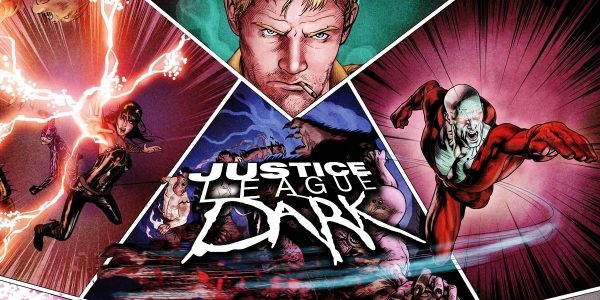
Despite past — and even current — successes in the genre, Warner Bros. has consistently proven that they are incapable of making a decent live-action superhero movie. Suicide Squad was terrible. Dawn of Justice was terrible. I’m seemingly the one person still willing to defend Man of Steel in any capacity, and that movie was still mostly terrible.
Maybe it’s the instinctive need to outdo the Nolan trilogy in terms of dark tone and realistic subject matter. Maybe it’s a calculated business move to set themselves up as the “adult” alternative to Marvel’s kid-friendly cinematic universe. Maybe — and this is my personal theory — it’s a fundamental misunderstanding of the material they’re adapting to the screen and what has drawn fans to it for generations.
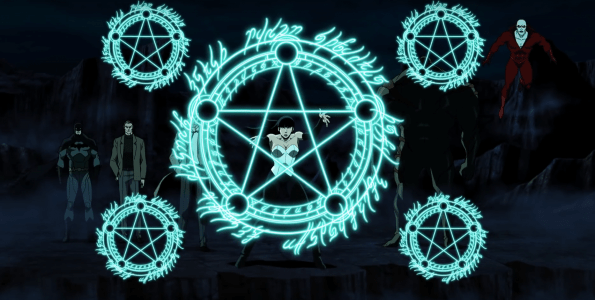
Whatever the reason, DC fans have hit a dry spell when it comes to big screen depictions of their favorite do-gooders. That is, at least in terms of live-action. The company’s less prestigious home video division has somehow bucked the larger trends in quality and has consistently produced the kinds of well-made entertainment that the company at large seems incapable of delivering to theaters.
The latest of these straight-to-DVD movies is Justice League Dark, which unites DC’s darker and more supernaturally inclined heroes into their own team. When a series of hallucinations causes people the world over to turn on each other in fear, the Justice League suspects that magic is to blame. To combat the spreading hysteria, Batman brings together the occultist John Constantine, the magician Zatanna, the demon Etrigan, the phantasmal Boston Brand and the monstrous Swamp Thing to root out and stop the source of the outbreaks.
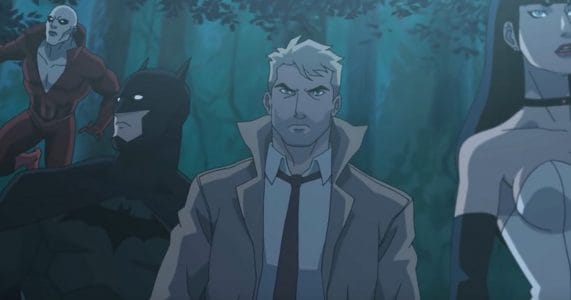
While I’ve long since grown tired of DC’s incessant need to put Batman at the center of everything, his increasingly visible role as a liaison between the animated universe’s disparate superhero teams has started to grow on me. Strange as it might seem, he’s the relatable one on the Justice League; he’s neither a God nor an alien nor a king: just a man. More than any of DC’s other heroes, he understands people, and despite his grim demeanor, is most capable of reaching out to them on a personal level. So while I would prefer to see some of the company’s other characters more front and center, I can’t fault them for wanting to make use Batman’s mature sense of empathy.
That’s something that the animated movies have always seemed to have over the live-action ones: they not only understand their characters, but how to best make use of them within the story they’re trying to tell. Much of the credit for this goes to Jay Oliva, the director not only of Justice League Dark, but Batman: Bad Blood, Batman vs Robin, Batman: Assault on Arkham, Justice League: War, Justice League: The Flashpoint Paradox, Batman: The Dark Knight Returns parts 1 and 2, The Invincible Iron Man, the animated Doctor Strange, Next Avengers: Heroes of Tomorrow and a significant number of Young Justice episodes.
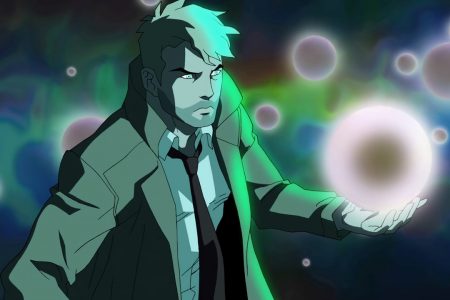
Oliva understands the genre but, more specifically, understands DC. He’s directed most of DC’s animated cinematic universe movies and certainly all the most memorable ones. He’s proven capable of not only balancing large casts of colorful characters with bombastic set-pieces, but of allowing each of their personalities to shine through the haze of action.
Justice League Dark is no different. Despite a staggering number of uniquely choreographed fight scenes, a large cast of obscure characters that not many viewers will likely be familiar with and a scant 75-minute run-time, Oliva’s elegantly crafted film feels every bit as developed as the best of the genre.
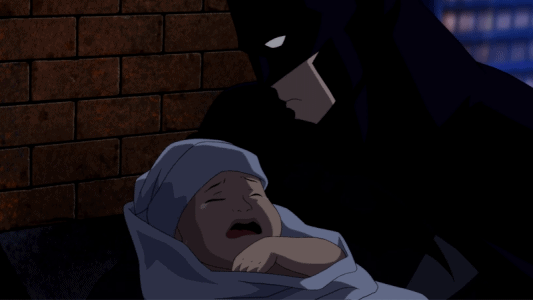
While Wonder Woman and Superman burst onto the scene and rip the fear-ridden citizens away from their would-be victims with a judgmental scowl, Batman approaches his target cautiously, trying to convince her that her child is not a demon. When she throws both her child and herself off a ledge, he can only save one. Looking down on the woman’s broken corpse, he tells the child that he’s sorry.
This is what Batman is — who Batman is. He isn’t a jacked-up brawler who is willing to murder a man because “if there’s even a one percent chance that he is our enemy we have to take it as an absolute certainty.” He’s a man who would “stay with [Harley Quinn] all day, risking [his] butt for somebody who’s never given [him] anything but trouble” because he “know[s] what it’s like to try and rebuild a life, [because he] had a bad day too once.” Understanding that difference — the difference between Batman and his fellow League members — is a little enough thing, but makes all the difference in the world.
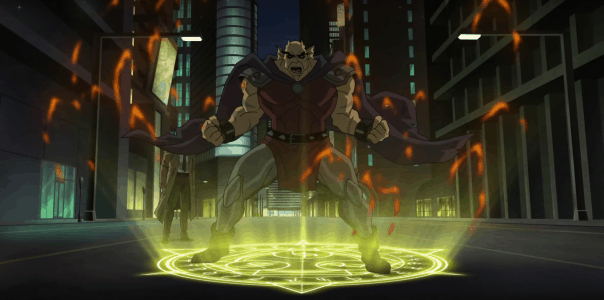
Oliva applies this insight to all of Justice League Dark‘s cast, from the straight-laced Justice Leaguers to the film’s eccentric occult heroes. They’re fun, nuanced characters with their own discernible personalities and ticks. The action is clean, but inventive: making full use of the creative possibilities of magical combat. Every fight has weight and consequence attached: nothing feels like a throwaway bit of action.
The way things are looking for DC now, Justice League Dark will likely be the company’s best superhero movie this year. But when the movie is this good, that’s not a bad thing. Anybody with even a passing interest in superheroes should seek this movie out. Even those who have become burned out with the tropes, the strong direction and genre shakeup should mix things up enough to be worth consideration.
Rating: 8/10
Buy on BluRay: Yes
 Follow Us
Follow Us
